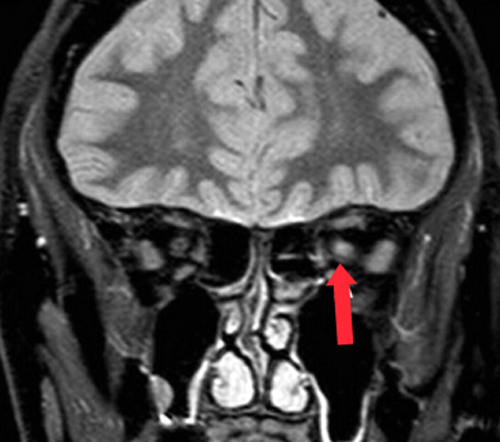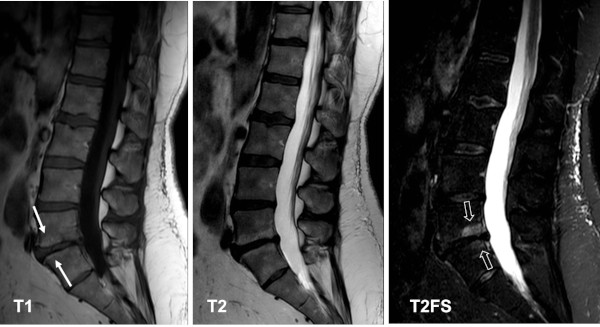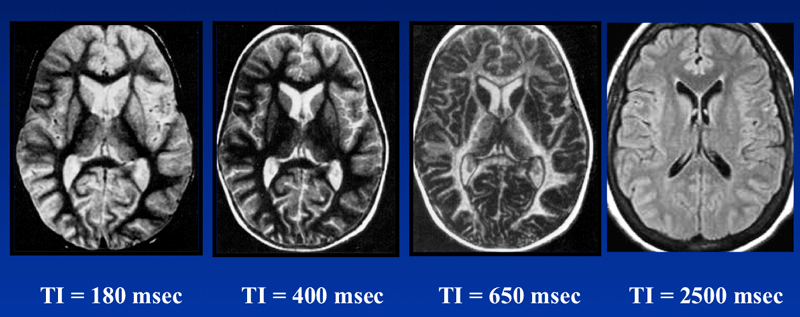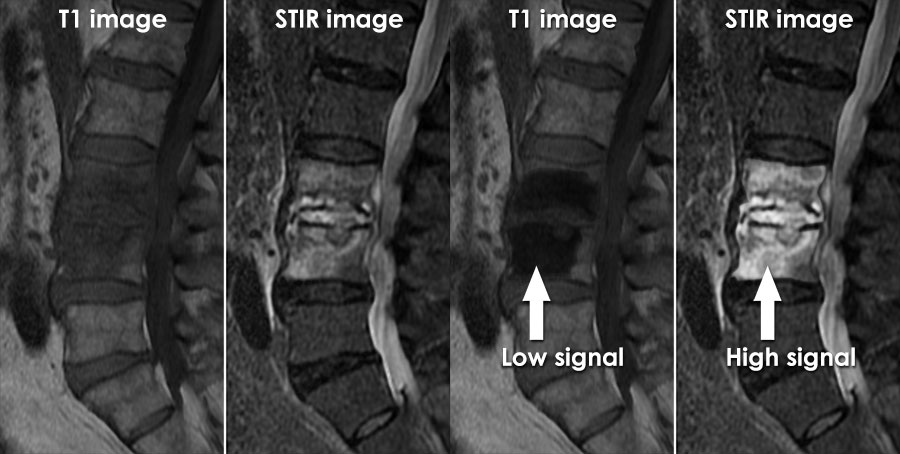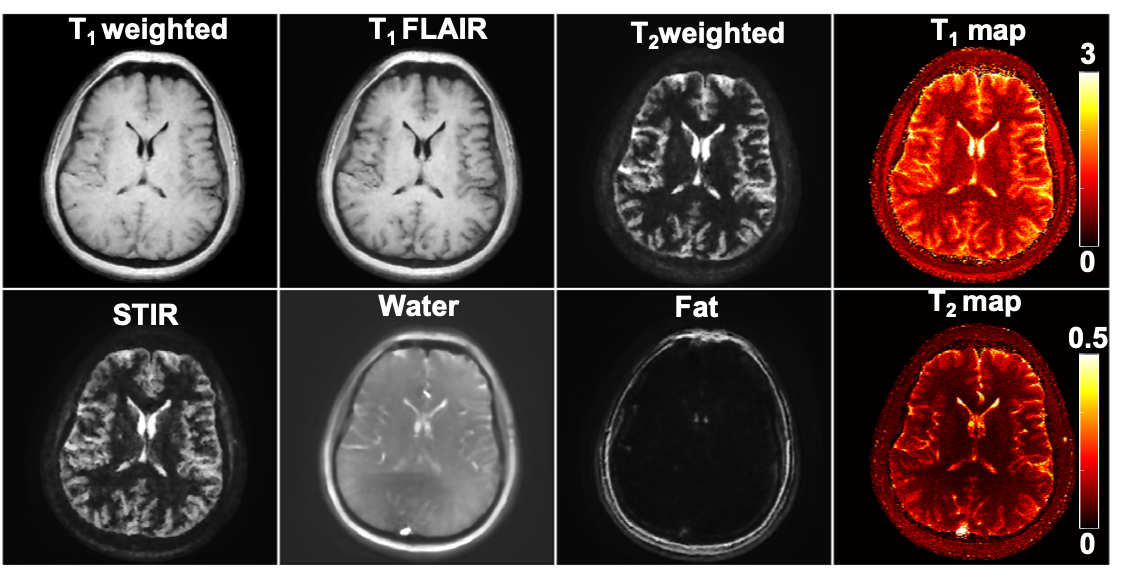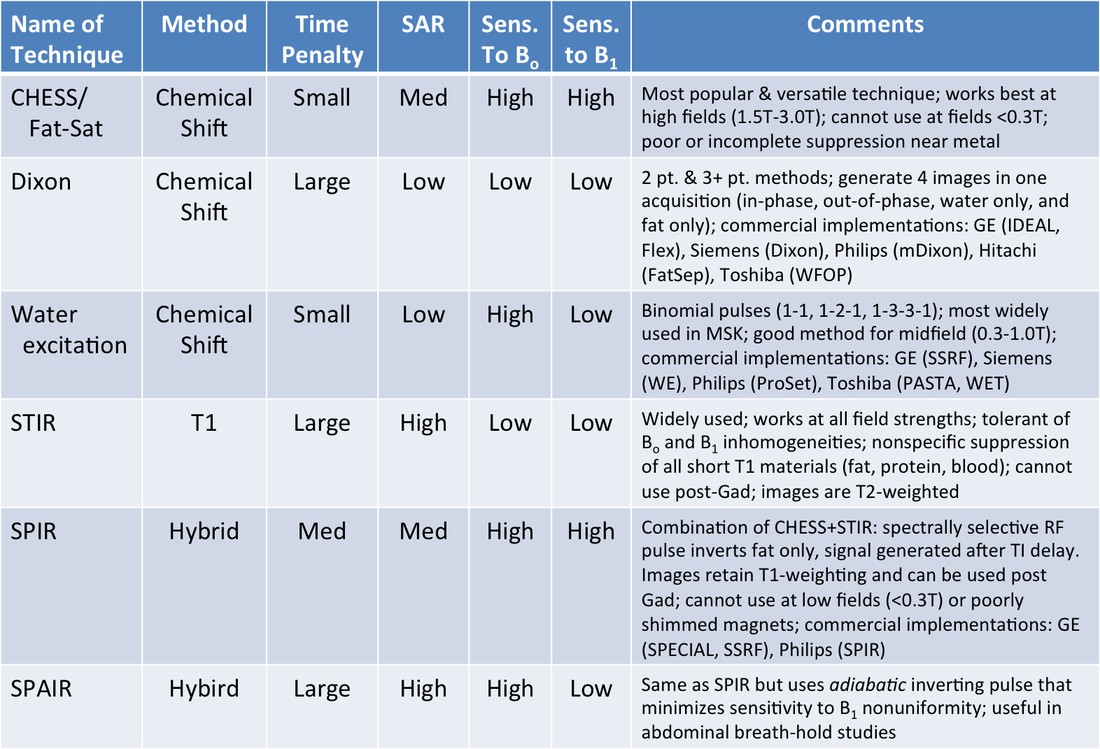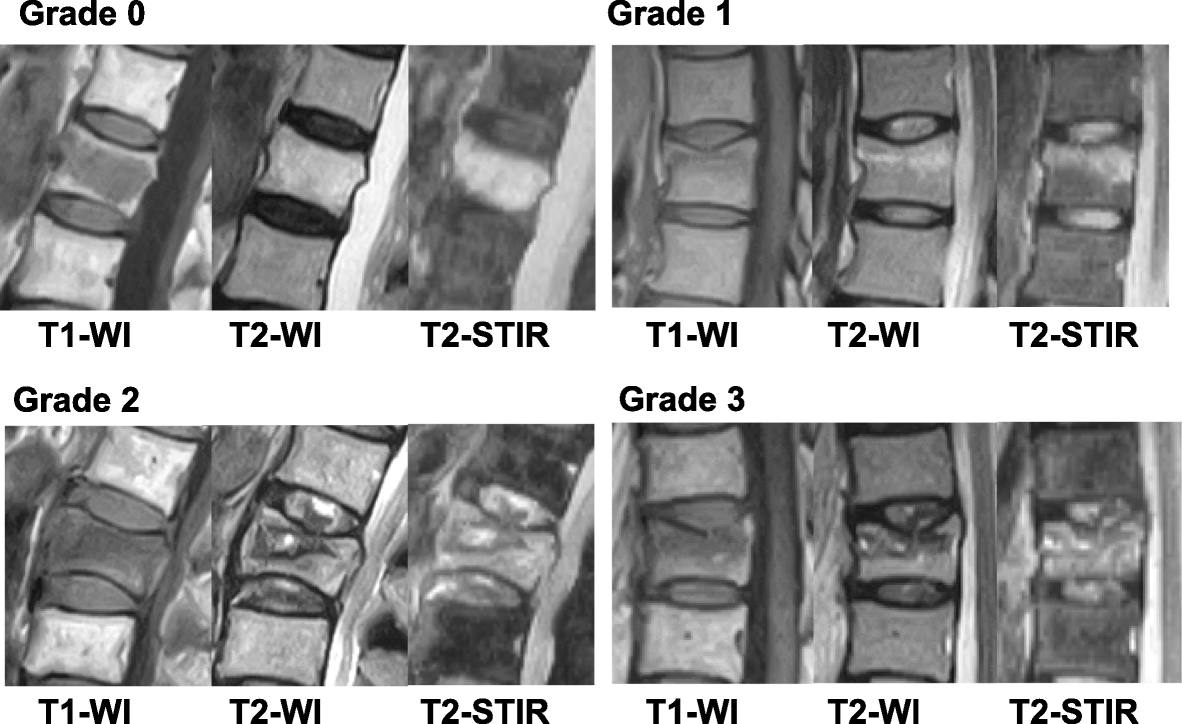
Endplate and intervertebral disc injuries in acute and single level osteoporotic vertebral fractures: is there any association with the process of bone healing? | BMC Musculoskeletal Disorders | Full Text

A comparison of sagittal short T1 inversion recovery and T2‐weighted FSE sequences for detection of multiple sclerosis spinal cord lesions - Nayak - 2014 - Acta Neurologica Scandinavica - Wiley Online Library

Comparison Between T2, STIR and PSIR Sequences, for Detection of Cervical Cord MS Plaques | IJ Radiology | Full Text

T1-weighted (A), T2-weighted (B) and STIR-weighted (C) mid-sagittal... | Download Scientific Diagram
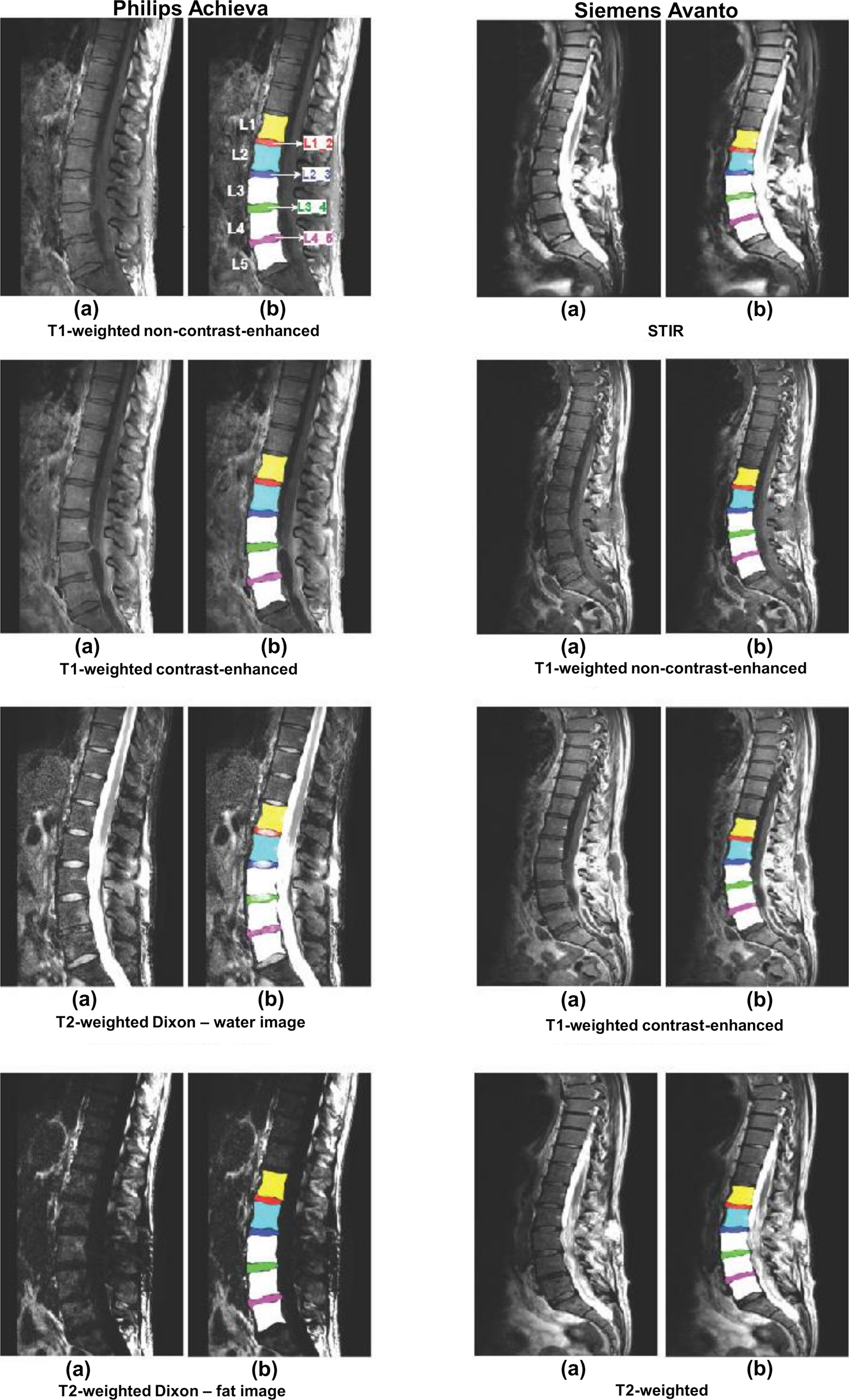
Multi-scanner and multi-modal lumbar vertebral body and intervertebral disc segmentation database | Scientific Data

Comparison of Sagittal FSE T2, STIR, and T1-Weighted Phase-Sensitive Inversion Recovery in the Detection of Spinal Cord Lesions in MS at 3T | American Journal of Neuroradiology

Factors influencing the occurrence of a T2-STIR hypersignal in the lumbosacral adipose tissue - ScienceDirect


